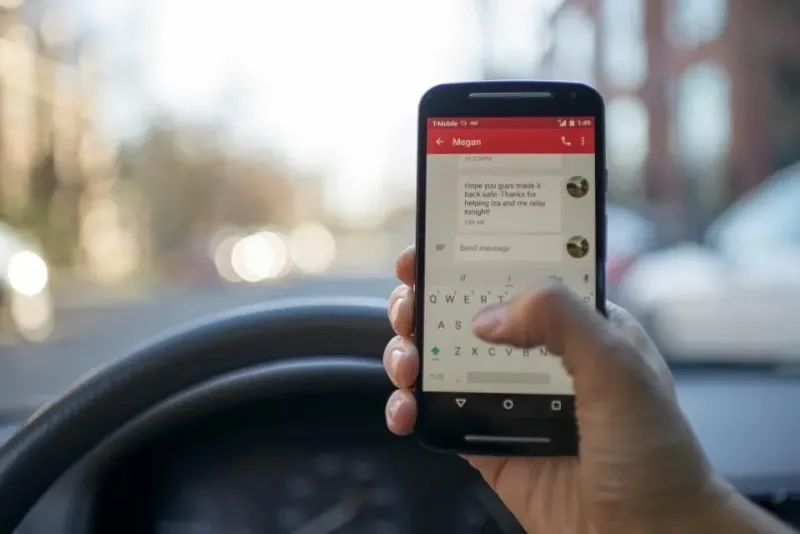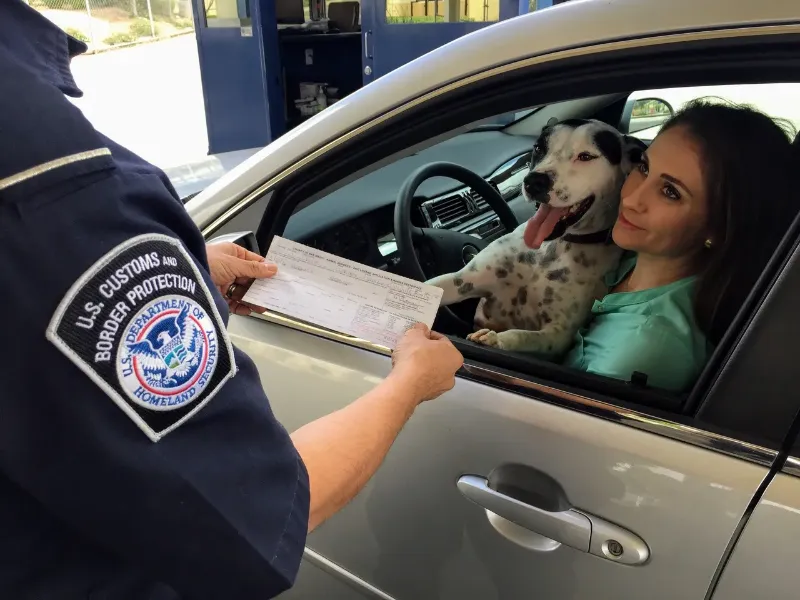Checking out the new posts on your Facebook feed, responding to the text from your mom, refereeing the fight between your kids, in the back seat, searching the radio for that PERFECT song, looking at your phone for directions, trying to keep your dog from jumping around in the front seat…these are all examples of distracted driving. Our number one job, when driving on the road, in a vehicle, is to make it as safe as possible, by being aware of the road and the other drivers. Sadly, MANY drivers do not put driver attention and road safety as a priority, if they are even concerned about it at all.
1. Definition

According to the National Highway Traffic Safety Administration (NHTSA), distracted driving is “any activity that diverts attention from driving, including talking or texting on your phone, eating and drinking, talking to people in your vehicle, fiddling with the stereo, entertainment, or navigation system – anything that takes your attention away from the task of safe driving.” (https://www.nhtsa.gov/risky-driving/distracted-driving) There are three types of driving distractions, (1) visual (not keeping your eyes on the road), (2) manual (not keeping your hands on the wheel), and (3) cognitive (not keeping your mind on driving). To date, the most dangerous activity that falls on the distracted driving list is texting while driving. It is estimated that sending or receiving a text takes your eyes off the road for five seconds. At 55 miles per hour, that is comparable to driving 100 yards, without even looking at the road.
2. In-car and out-of-car distractions

You can have distractions, while driving, both inside and outside of the vehicle. In-car distractions include food, drinks, passengers, children, pets, electronic devices, and even the driver themselves, putting on makeup, taking medication, giving voice memos for the day. Some other “internal” distractions, that people would probably not consider, include sleepiness (driving while drowsy), altered emotional state (extreme happiness, sadness, depression), and focus on internal struggles or personal issues (pending divorce, loss of a job, birth of a grandbaby, etc.). Out-of-car distractions include wrecks, other drivers, roadside memorials, pedestrians, motorcyclist, bicyclists, police vehicles, fire trucks, ambulances, weather, animals, and anything else outside of the vehicle, that distracts your attention from the road and the vehicles around you. With all of the things going on around us, in our world, in our homes, and even in our cars, there is a constant struggle for our attention, a list of ongoing distractions, and a list of many dangers.
3. Results of Distractions

The number one negative result of distracted driving is decreased reaction time. For every second that a driver’s focus is somewhere, other than the road, that is one less second to see AND react to potential dangers on the road. Distracted drivers also have increased swerving and unintentional lane changes. This is not only dangerous for that driver and any passengers, in that vehicle, but for every other driver on the road, near them. Other drivers are not able to anticipate the results of these distractions. Distracted driving also results in less attention to the surroundings, in general. Our brains only can process so much information at one time. As we increase the sources of intake, of information, the amount of brain capacity for each function decreases. If we are paying 100% attention to the road and driving, we are doing our job. As we increase distractions, we decrease the amount of attention we can pay to the road. For example, drive and text, now we have 50% attention to driving and 50% attention to texting. Drive, text, talk to passenger…33% attention to driving, 33% attention to texting, and 33% attention to talking to passenger. As you can see, the more distractions we add, the less attention there is for the road and the more dangerous it is for all parties on the road.
4. Statistics
Distracted Driving

An article on the CDC website, notes that every day, in the United States, 9 people die and more than 1,000 people are injured in distracted driving crashes. It is estimated that 1 out of 10 fatal crashes and 15 percent of injury crashes involve distracted driving.
Following are the results from a 2016 survey, conducted by the National Safety Council, showing the percentage of surveyors that participated in each of the distracted driving activities listed:
- 19% had phone calls on handheld devices;
- 51% had phone calls on hands-free devices;
- 32% read or sent text messages;
- 23% read or sent emails;
- 23% reviewed or created social media posts;
- 21% surfed the internet;
- 19% looked at or took photos or videos;
- 14% watched TV or movies on portable electronic devices; and
- 14% participated in video chat.
These numbers are staggering and scary. As modern technology continues to offer the newest and most interesting gadgets, it also offers less focus, for more important issues, like driver safety.
5. Ways to minimize distractions

The simplest way to minimize distracted driving is to remove the distractions. Sometimes, that is not possible…we can’t just REMOVE our children from our vehicles and sometimes we have to take our pets to the vet. If you cannot remove the distraction, you can plan to minimize it. For your little humans, you can plan to keep them busy. Make sure you bring or keep activities for them in your vehicle. Even though electronic devices are a dangerous distraction for a driver, they are a great way to keep the kiddos entertained, so they do not distract you while driving. For the pets, check to see if they make pet carriers or pet seat belts that can hold your pet in place. If you have a larger pet, like my Great Dane, make sure they are in the back seat or if it is an option, in the 3rd row seating. As far as the use of a mobile device, while driving, some applications can be downloaded on the device, to block texting. Put your make-up on BEFORE you leave the house or wait to put it on until you get where you are going. Plan your route of travel and know where you are going BEFORE you get in the car, so you do not have to look on your phone for directions. If you are not good with directions, have your passenger navigate, so you can keep your eyes on the road.
When we get behind the wheel of a vehicle, our most important job is to focus on the safety of those in our vehicle, including ourselves, as well as those outside of our vehicles. We must ACTIVELY minimize our distractions and maximize our focus on driver and road safety. We must INTENTIONALLY keep our focus on the road and not on the things in our car or outside of our car, that distract us from our number one driver responsibility of road and driver safety.
Stay Safe Drivers!

